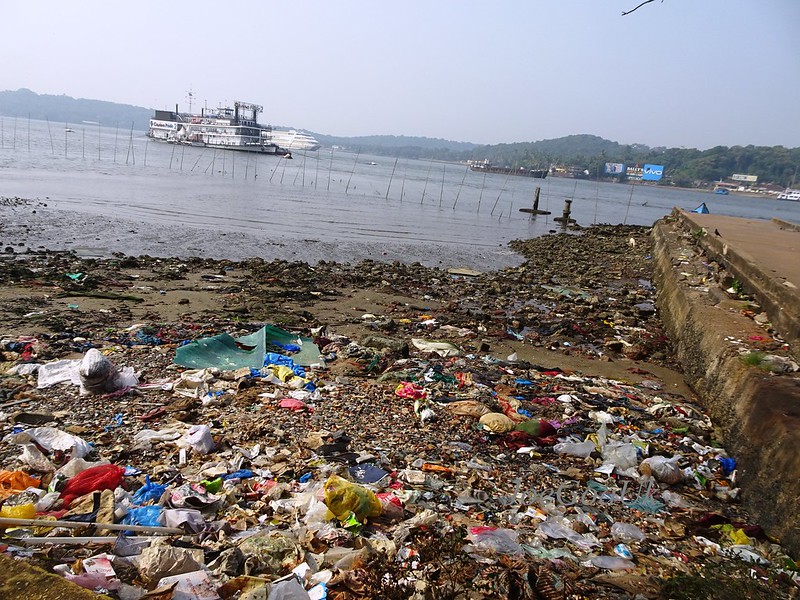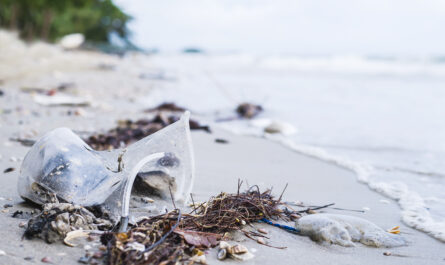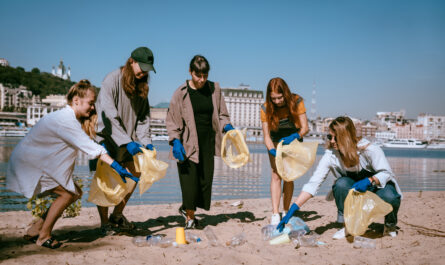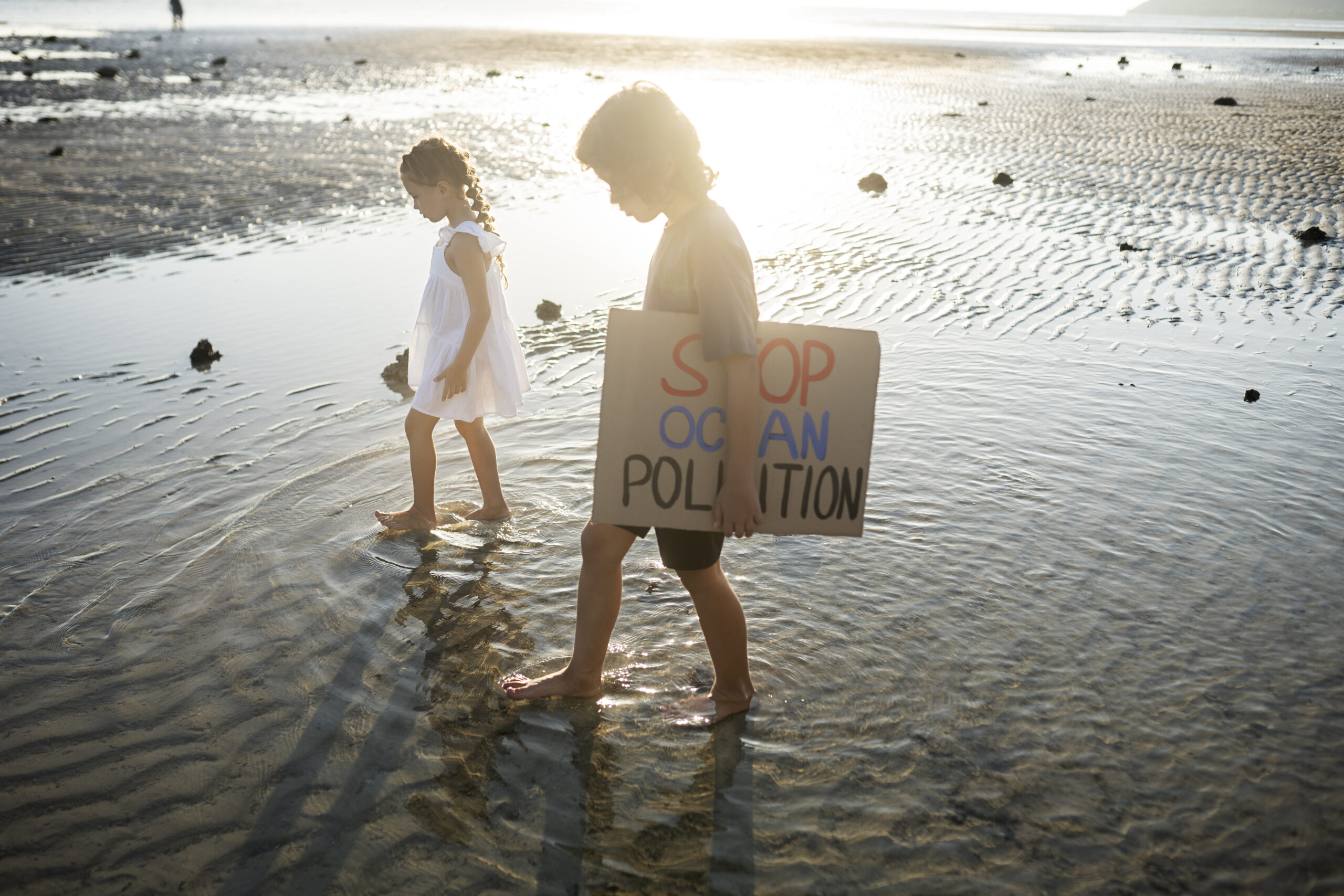Plastic waste has become a critical issue for our planet, particularly for the Pacific Ocean, where floating debris forms massive patches that endanger marine life, ecosystems, and even human livelihoods. While governments, industries, and environmental organizations are tackling the problem on a global scale, individual actions play a crucial role in combating plastic pollution. This article explores meaningful ways you can contribute to reducing plastic waste and protecting the Pacific Ocean, highlighting actionable steps, community involvement, and innovative solutions.
1. Adopt Sustainable Consumption Habits
Reduce Single-Use Plastics
Single-use plastics like straws, cutlery, bags, and water bottles are among the most significant contributors to ocean pollution. Switching to reusable alternatives can significantly reduce the amount of plastic entering the environment.
- What You Can Do:
- Carry reusable shopping bags, stainless steel or bamboo straws, and glass or metal water bottles.
- Say no to unnecessary plastic packaging when shopping.
- Impact:
- Studies show that reducing single-use plastics can cut global plastic waste by 40%.
Choose Products with Minimal Packaging
Many consumer goods come in excessive plastic packaging, much of which is non-recyclable.
- What You Can Do:
- Opt for products packaged in recyclable materials like glass, metal, or cardboard.
- Support companies that prioritize eco-friendly packaging.
Buy in Bulk
Purchasing in bulk reduces the need for smaller, individually packaged items, cutting down on plastic waste.
2. Participate in Recycling and Proper Waste Disposal
Understand Recycling Symbols
Many plastics have specific recycling codes, and not all are accepted by local recycling facilities.
- What You Can Do:
- Learn the recycling rules in your area and adhere to them.
- Rinse and sort plastics before recycling to prevent contamination.
Avoid Wishcycling
Placing non-recyclable items in recycling bins can cause entire batches of recyclables to be rejected.
- What You Can Do:
- Familiarize yourself with what your local recycling center accepts.
- Only place items in recycling bins that you’re sure can be processed.
Dispose of Plastics Responsibly
Improper disposal often leads to plastic waste entering waterways and ultimately the ocean.
- What You Can Do:
- Secure trash lids to prevent windblown waste.
- Participate in local hazardous waste collection programs for items like electronics and batteries.
3. Engage in Community Cleanups
Join Beach Cleanup Initiatives
Beach cleanups directly remove plastic waste from coastal areas before it enters the ocean.
- What You Can Do:
- Volunteer with local environmental organizations to participate in cleanup drives.
- Organize your own community cleanup events.
Adopt a Local Waterway
Cleaning rivers, lakes, or streams in your area helps reduce the flow of plastic waste into the Pacific.
- What You Can Do:
- Collaborate with local governments or NGOs to adopt a waterway and schedule regular cleanup events.
- Document and share the impact of your cleanup efforts to inspire others.
4. Advocate for Change and Support Environmental Policies
Lobby for Plastic Bans
Advocating for legislation to ban single-use plastics can create widespread change.
- What You Can Do:
- Write to local representatives urging them to implement or strengthen plastic reduction policies.
- Support campaigns calling for industry accountability and stricter regulations on plastic production.
Support International Agreements
Global efforts like the United Nations Clean Seas Campaign aim to reduce marine plastic pollution.
- What You Can Do:
- Stay informed about international initiatives and lend your voice through petitions or social media advocacy.
- Encourage governments to ratify and enforce global agreements.
Push for Corporate Responsibility
Many companies are shifting toward sustainable practices due to consumer demand.
- What You Can Do:
- Choose to buy from businesses with strong commitments to reducing plastic waste.
- Share feedback with brands encouraging them to adopt more sustainable packaging and production methods.
5. Educate Yourself and Others
Learn About Plastic Pollution
Understanding the scale and impact of plastic waste can motivate deeper action.
- What You Can Do:
- Read articles, watch documentaries, and follow environmental experts on social media.
- Stay updated on the latest innovations and breakthroughs in tackling plastic pollution.
Spread Awareness
Educating others amplifies the impact of your efforts.
- What You Can Do:
- Share informative content about plastic waste and ocean conservation with your network.
- Host workshops or community talks to teach others about reducing their plastic footprint.
6. Explore Innovative Alternatives
Biodegradable Plastics
Biodegradable and compostable plastics break down faster than traditional plastics, reducing their environmental impact.
- What You Can Do:
- Support brands that use biodegradable materials.
- Choose compostable bags and utensils when possible.
Upcycle Plastic Waste
Creative repurposing of plastic items prevents them from becoming waste.
- What You Can Do:
- Turn used plastic bottles into planters or storage containers.
- Use old plastic items in DIY projects instead of discarding them.
Invest in Sustainable Startups
Many companies are innovating solutions to combat plastic pollution.
- What You Can Do:
- Support businesses that develop products like edible packaging or plastic alternatives.
- Contribute to crowdfunding campaigns for ocean cleanup technologies.
7. Reduce Microplastic Pollution
Limit Microfiber Shedding
Synthetic fabrics like polyester release microplastics during washing, which often end up in waterways.
- What You Can Do:
- Wash clothes made from synthetic fabrics less frequently and use a microfiber filter on your washing machine.
- Choose natural fabrics like cotton or hemp whenever possible.
Avoid Products with Microbeads
Personal care products containing microbeads are a significant source of microplastic pollution.
- What You Can Do:
- Read product labels and avoid items with “polyethylene” or “polypropylene” listed as ingredients.
- Opt for natural exfoliants like sugar or coffee grounds.
8. Volunteer and Donate
Support Ocean Cleanup Projects
Organizations like The Ocean Cleanup and Surfrider Foundation are leading efforts to remove plastics from the ocean.
- What You Can Do:
- Volunteer your time or skills to support cleanup initiatives.
- Donate to organizations working on large-scale solutions for ocean conservation.
Participate in Research Efforts
Citizen science initiatives often rely on public participation to collect data on plastic pollution.
- What You Can Do:
- Join programs that monitor and document marine debris in your area.
- Contribute your findings to help shape effective policies and interventions.
Conclusion
Reducing plastic waste is a shared responsibility, and individual actions can make a significant difference. By adopting sustainable habits, participating in community initiatives, and supporting larger environmental efforts, you contribute to protecting the Pacific Ocean and its ecosystems. Each small step—from avoiding single-use plastics to advocating for global policies—adds up to a powerful movement toward a cleaner, healthier planet. Together, we can turn the tide on plastic pollution and safeguard the future of our oceans.



